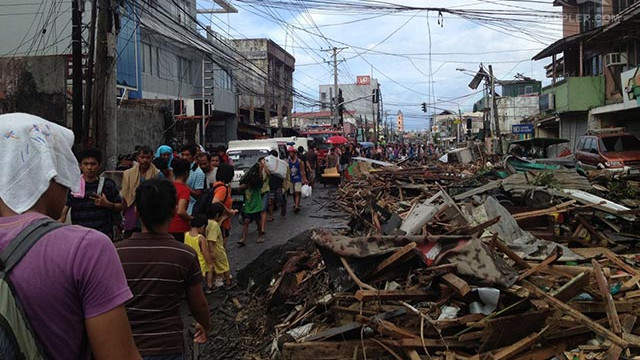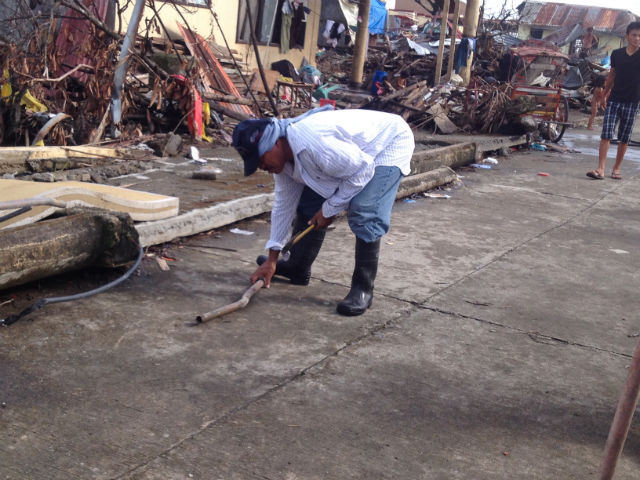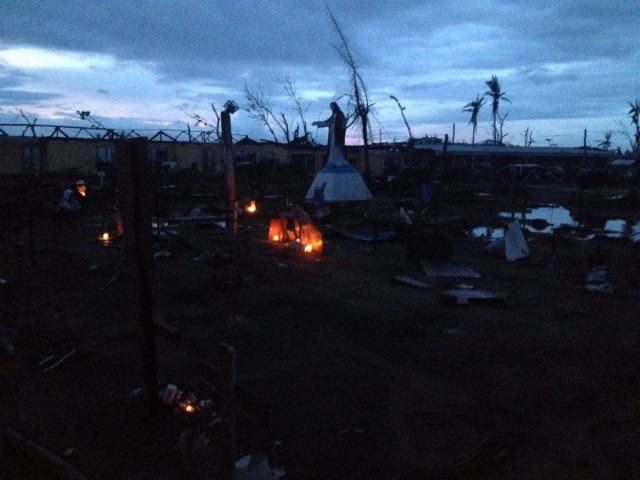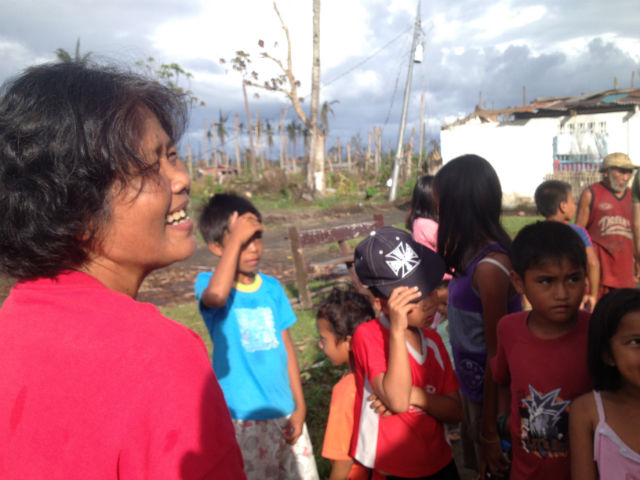SUMMARY
This is AI generated summarization, which may have errors. For context, always refer to the full article.

MANILA, Philippines – You’ve probably seen images and heard stories of the havoc that Haiyan has wreaked. I certainly have. But no number of second-hand accounts or photographs could have prepared me for the devastation that I witnessed in late November when I flew to the city of Tacloban.
I was there as part of a rapid assessment team from my design research company, Curiosity, and WeDpro, a feminist, human-rights organization. We flew there to begin working on a project to rehabilitate communities in the town of Palo, Leyte. Assessing the situation from the perspective of design research, I worked with my team to identify the unmet needs of the survivors.
At first, it was the smaller deviations from normalcy that I noticed. When I landed at Tacloban airport (which really does look like it was bombed), passengers waited while handlers deposited passengers’ bags at the luggage carousel, which was completely damaged by the storm. After about a minute of deliberately ignoring the fact that the carousel was not, well, carousel-ing, everyone gave up on waiting for their luggage and the process became much more ad hoc (to put it mildly).
Establishing a sense of normalcy is crucial in a post-disaster situations, and the absence of something as simple as a moving conveyor belt had a large impact on creating a feeling of instability.
But as we traveled to the town of Palo and through the coastal barangays which we surveyed, we began to truly understand how Haiyan had utterly, unrecognizably transformed these areas. Some designers see the essential function of design as filling in “gaps” in everyday experience, while design research identifies the gaps in the first place and how they might best be filled. In the case of Haiyan-devastated areas, the gaps are massive beyond reckoning.
I spent the most amount of time in barangay San Joaquin. The residents spoke to me unequivocally of the urgent needs for shelter and housing, for clearing the massive amounts of debris everywhere, and for reestablishing livelihood. Men, in particular, asked for carpentry tools to help rebuild their homes.

When we talked to women and asked them what needs as women were not being met, the overwhelming response was the need to feel safe, particularly at night.
The absence of electricity means that streets and homes are not lit, and their sense of insecurity is palpable. They have good reason to fear for their safety; human trafficking and rape is a real threat. In one barangay we went to, there was an attempted rape during one night we were there.
It was no wonder that during one focus group discussion for women that our team held, the participants advanced an interesting design for a community intruder alarm system that could be enabled by two-way radio or mobile phones.

Another important concern for the community and for mothers in particular was reestablishing a safe and stable learning environment for their children. One of the most heartbreaking accounts I heard involved the local elementary school. It came from a survivor I interviewed in the barangay of San Joaquin.
In San Joaquin, the elementary school complex was composed of two, one-story structures. One was newer and much better constructed than the other. According to her, when the community was told to expect strong winds, some assumed that it would be safest to avoid tall buildings. Instead, they sought refuge in the elementary school structures.
When the storm surge came, the sudden rush of water and debris trapped the evacuees in both buildings. Both groups reportedly tried to avoid the rising water by attempting to break through the roof of the building they thought would protect them from danger. The group trapped in the older building managed to break through the roof. But those in the other, better-constructed building couldn’t because the roof was reportedly so well-made. They all perished.
Good design is only good in the context of particular needs. A safe space in one set of circumstances is a trap in another.

One of the most important needs that few survivors are able to articulate is the need for psychosocial support. During my interviews with survivors, the moment they reflect even briefly on their experiences, tears well up.
The difficult work of clearing the debris and rebuilding destroyed structures keep their minds and bodies occupied. It keeps them sane for now. But in the dark, silent enclosure of the night, memories of the horrors these survivors have experienced return to them.
Food and medical aid is coming in more regularly from various private and public sources in the barangays our team visited, but by many accounts, much of this will probably stop by end of December. When it does, communities must be at the point where they are self-reliant.
The task that lies ahead for my team (and many others around the country working on long-term rehabilitation) is to work with the community to co-design structures and systems that can foster self-sufficiency, preparedness, and safety, particularly for the most vulnerable sections of these communities.
Follow our team’s progress on the Hope After Haiyan website. – Rappler.com
Add a comment
How does this make you feel?
There are no comments yet. Add your comment to start the conversation.